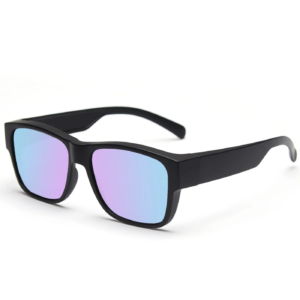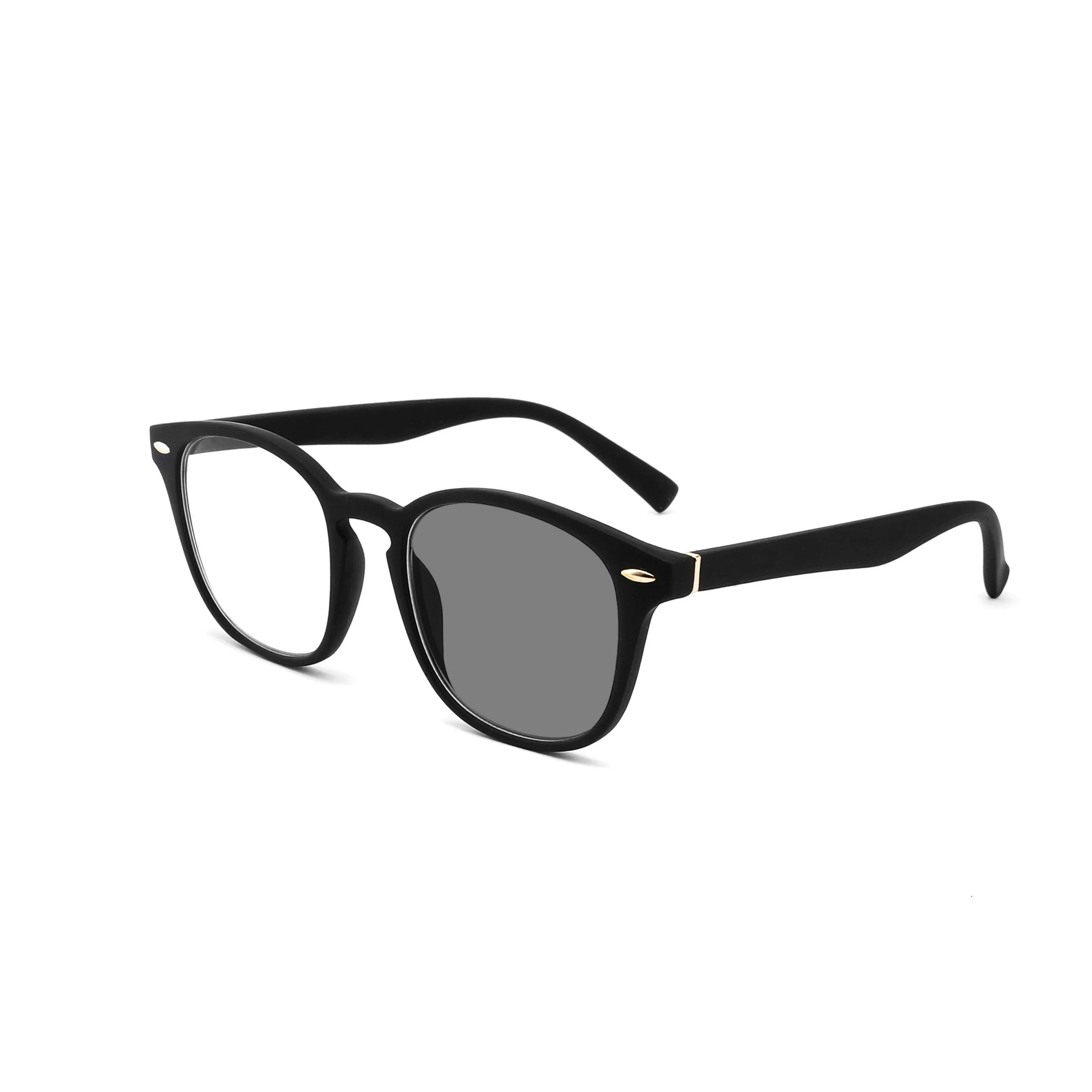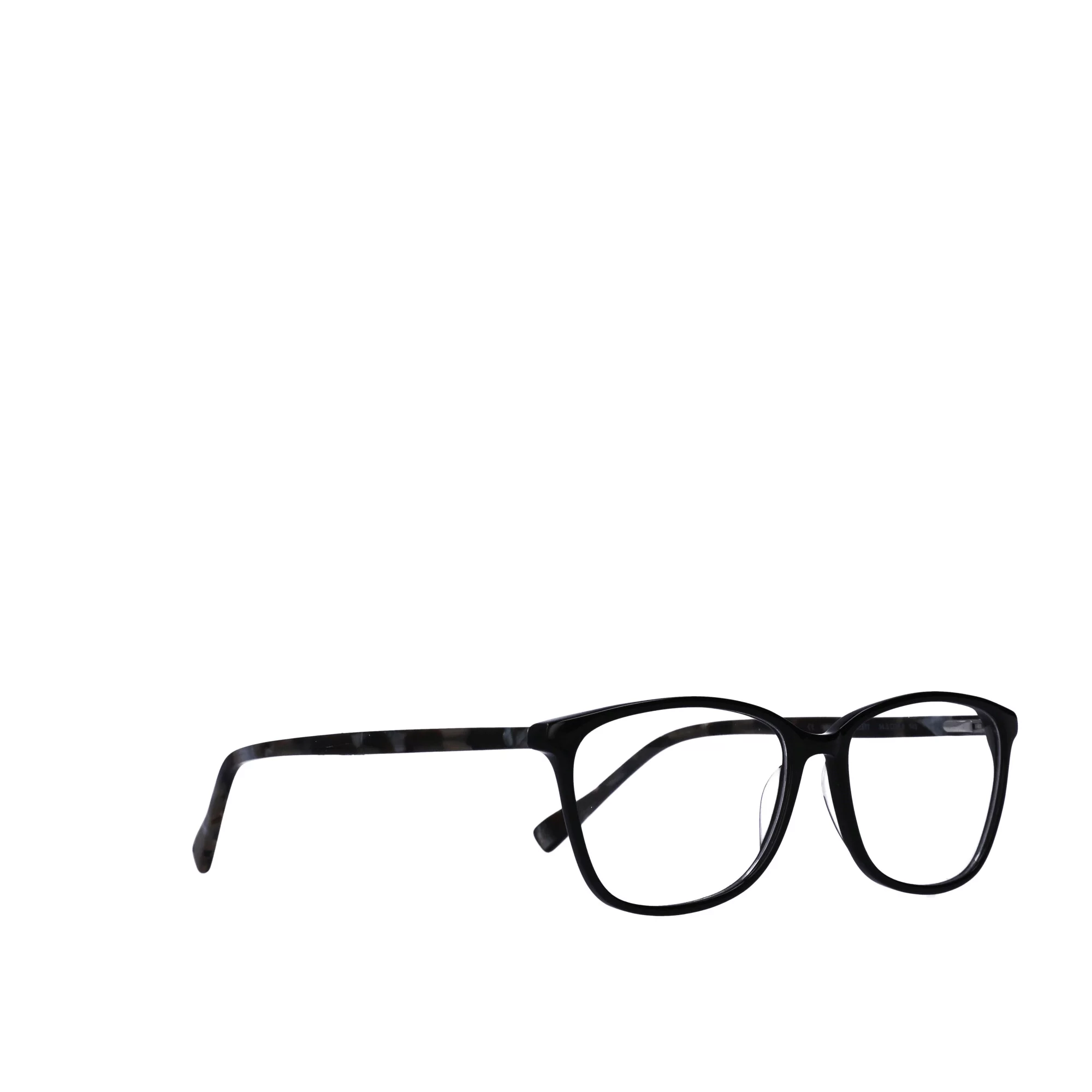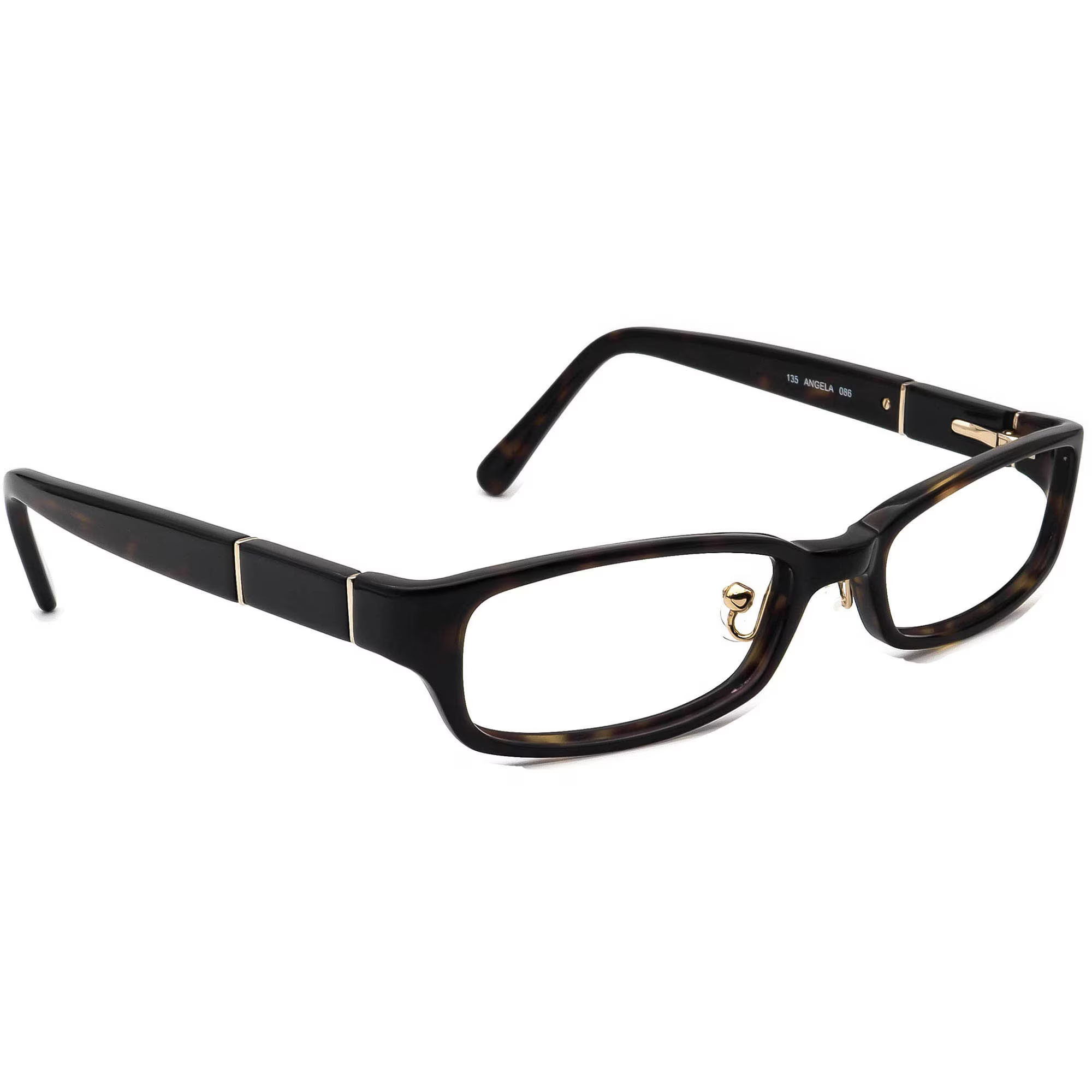Subtotal: $199.34

Shop Online
with Precision!

Premium Glasses for Your Vision Health
How do you choose the right glasses?





Choosing the right eyeglasses to correct your vision can initially seem daunting and time-consuming, often causing people to delay purchasing or replacing their old ones. To simplify this process, we have compiled essential information on selecting eyeglasses for vision correction, eliminating the need to postpone consulting with a qualified optician any further.
Step 1: Obtain an Eyeglass Prescription
Start by obtaining a prescription from an ophthalmologist, which outlines the characteristics of both your right and left eyes in Latin letters, along with the specific correction required.
While prescriptions do not have an expiration date, ophthalmologists recommend biannual check-ups to monitor any changes in your vision over time.
Step 2: Choosing Eyeglass Frames
The selection of frames not only influences the appearance of your glasses but also affects comfort during wear.
Frame Materials
Metal: Though less commonly chosen recently, metal frames offer flexibility for easy adjustment to the contours of your face. They are also more durable and resistant to breakage, with scratches being less noticeable.
Plastic: Most frequently used due to its lightweight nature, plastic frames facilitate quicker adaptation to wearing glasses. With a wide variety of shapes and colors available, quality plastic frames are essential as inferior materials may dry out, crack, or break.
Frame Types
Frame selection should complement your prescription. For stronger prescriptions, rimmed frames are preferable to conceal thicker lenses.
Frame Size
Comfort and optimal vision correction depend on frame size. Larger frames may slide down frequently, while smaller frames can cause discomfort and leave marks on the nose and ears, especially if glasses are worn continuously.
Design Considerations
Color: Choosing a frame color that complements your eye and skin tone enhances your overall appearance. For instance, green-eyed individuals may opt for frames in green shades or contrasting tones like orange and cherry. Warm hues suit darker skin tones, whereas cooler tones are suitable for paler complexions.
Style: Consider your wardrobe and lifestyle when selecting frames. Thin or rimless frames are ideal for a professional look, while vibrant frames with unique embellishments add flair to casual attire.
Brand Preference
While functionality should be prioritized, branded frames from collections like Gucci, Saint Laurent, Balenciaga, Caroline Abram, Cartier, and Chopard offer trendy options that align with the latest fashion trends.
Step 3: Lens Selection
Refraction Index
The refraction index determines lens thickness. Higher indices result in thinner lenses, accommodating high or low prescriptions without compromising on frame style.
Lens Materials
Lenses are typically made from glass or polymer. Glass is scratch-resistant but heavier than polymer, making it more noticeable with high diopter values. Polymer lenses are lightweight, durable, and resistant to breakage.
Lens Shapes
Spherical: Standard lenses with smoothly curved surfaces suitable for mild nearsightedness, farsightedness, and other minor vision impairments.
Aspherical: These lenses feature multiple surfaces, offering clear vision across the entire lens area, including peripheral vision. They minimize distortions noticeable in standard lenses with higher diopter values.
By following these steps, you can confidently choose eyeglasses that not only correct your vision effectively but also enhance your personal style and comfort.








